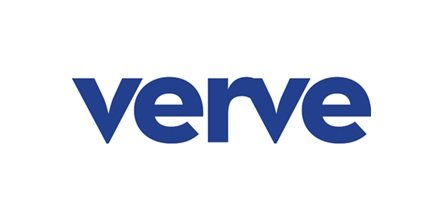Dianne Haulcy - Safe Space for Little Learners
/As words in the English language go, kindergarten serves as both metaphor and opportunity.
Images of growing upward, gaining fullness and blossoming is explicit in the German word (which Americans borrowed) meaning “child garden.” For any garden to bear fruit, the soil must be prepared, sunshine abundant, and the plants nourished. In other words: environment matters.
Dianne Haulcy carefully crafts environments where children thrive.
As Senior Vice President for Family Engagement at Think Small, she and her staff manage early learning (ages 0-5) grant programs that prepare providers, educate parents, and provide low-income families resources for high quality childcare.
Families rely on quality childcare and preschool for the growth of their children and so parents can work or finish school; research demonstrates that quality childcare matters for establishing individual and societal success. At Think Small, the goal is that every child in the Twin Cities metro arrives at kindergarten ready to learn.
Dianne has spent her career nurturing children and families. In her first job at a community center, Dianne worked with three colleagues, African American brothers who guided her and became her long-time friends. “I learned so much from them,” she says fondly, “We would have dinner together after work, go to the movies. They would talk about their home in South Bend, Indiana.”
That personal experience was pivotal in her career. Her tone shifts. “They would talk about when they would go to prison. They believed that’s where they were headed – the only control they had over anything was when.”
The prophecy came true as one brother eventually did end up in prison. Thirty years later, she still thinks of them. She says: “My goal [now] is to make systems and communities where those boys could be safe, where their children could have more opportunities. That is what fuels me.”
These days, Dianne is also a mom. Raising two African American sons is a perilous proposition, still fraught with prejudice and racial bias; Dianne is determined to turn the tide.
Her experiences continue to shape her: On the first day of junior high, one son received an inappropriate, stereotyped and insensitive greeting upon entering his classroom. “He came home and said ‘my homeroom teacher is racist!'” Dianne intervened and made the school aware of the incident so the narrative could change.
Institutional enlightenment is on going and often a bumpy road. Dispirited by the experience, but not deterred, Dianne is grateful her son could identify the affront and confidently assert, “No, I am not what you think I am, I am Wynton!”
Dianne believes that building new knowledge and deeper understanding between individuals and across communities is crucial as we work collectively for equity, to develop a common language, and become comfortable with the discomfort talking about race can cause.
“There are spaces where children of color are not safe, spaces that are socially or verbally aggressive to them. Our young people are being told they cannot learn. These are the very people we need to run our society, our businesses, and our country. If we don’t turn things around, we are in trouble.”
Dianne’s desire to create places where children of color grow up safe and confident is both instinctual to her and well documented. “Those earliest experiences, those we shape in the Early Childhood field, are the balm,” she offers. “When a child’s brain is developing, if children have strong and positive relationships with adults, trust and bonding happen. Intervention works at early ages because kids are so receptive to change.”
Progress can be uneven. Dianne highlights one grant she oversaw early in her career. “We granted financial assistance to day care providers for materials and curriculum. 10% of the money had been earmarked ‘cultural resources,’ but nobody defined what ‘cultural resources’ actually were. Unclear what options existed, providers resorted to buying Dora [the Explorer] Band-Aids for their kids because Dora has brown skin.” Dianne was exasperated. “After 20 years of talking about diversity and inclusion, I couldn’t believe that was true, that that was the recommended fix.”
Research, information and personal stories of race and culture have enhanced what’s available today. Books, dolls, multi-media, language tools and conversation prompts help providers, parents and the children they care for explore history, identity, connection, difference and pride more fully than a cartoon Band-Aid ever could.
The importance of providing quality learning well before kindergarten has gained traction as well.
“We are beyond persuading people that early childhood development is important,” Dianne notes. “We have shifted from ‘achievement gap’ [noting the fault of the learner] to ‘opportunity gap’ [where environments and access matter] and are relying more on data and research to guide us. We are headed in the right direction. We are no longer just worried about individual programs. We have a larger perspective. We are worried about our communities.”
Dianne ends on a positive note: “Having places that are safe, and knowing we are building environments where children build attachments and ego strength is good. Children need support to assure physical growth, attachment, and identity, especially our children of color.”
Kindergarten, then, becomes not the beginning of a child’s learning career, but a critical connection between early learning – years 0 to 5 - and the rest of a child’s life. “These are the spaces,” Dianne beams, “that are most critical. Anything that welcomes them strengthens us.”
For more information: @DianneHaulcy https://www.thinksmall.org/









